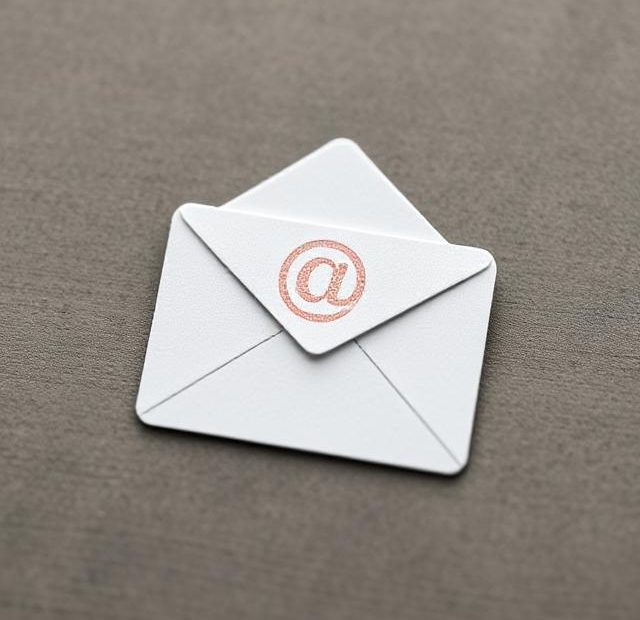Every email marketer faces this challenge—what to do with subscribers who have stopped engaging? Letting them go means wasted potential. But here’s the good news: with the right re-engagement email strategies, you can rekindle interest, rebuild relationships, and even turn inactive users into loyal customers.
In this blog, we’ll walk through tried-and-true methods for crafting re-engagement emails that actually work. Whether your open rates are dropping or your list is aging, these tactics will help you revive your email campaigns and maximize ROI.
What Is a Re-engagement Email?
A re-engagement email is a targeted message sent to inactive subscribers—people who haven’t opened, clicked, or interacted with your emails for a set period (usually 60–90 days or more).
Rather than removing them from your list right away, re-engagement emails give you one last chance to grab their attention and bring them back into the fold.
Why Re-engagement Emails Matter
-
Maintain list health: Inactive subscribers can hurt your deliverability and sender reputation.
-
Reduce unsubscribe and spam complaints: A well-crafted re-engagement message shows you’re respectful of their inbox.
-
Increase ROI: It costs less to re-engage an old lead than acquire a new one.
-
Boost engagement metrics: Win-back emails can improve open rates and click-throughs with the right offer or tone.
1. ✅ Segment Your Inactive Audience
Not all disengaged subscribers are the same. Segment them based on how long they’ve been inactive or based on past behavior. For example:
-
Opened but never clicked
-
Clicked in the past but no longer active
-
Purchased once, then disappeared
Segmentation allows for more relevant, personalized messaging—key to a successful re-engagement email strategy.
2. ✅ Use an Attention-Grabbing Subject Line
The subject line is your first—and sometimes only—chance to get noticed. Create curiosity or show value up front. Examples:
-
“We’ve missed you…”
-
“Still interested in [product or offer]?”
-
“Here’s 20% off, just for coming back!”
-
“Let’s reconnect. One click is all it takes.”
Test different subject lines through A/B testing to find what resonates best.
3. ✅ Offer a Compelling Incentive
Sometimes, people just need a little nudge. Incentives can range from discounts to exclusive content.
Ideas:
-
Limited-time coupons
-
Free downloads or trials
-
Early access to new products
-
Loyalty rewards or points
Make the offer clear and easy to claim in the email body.
4. ✅ Personalize Your Message
Using the recipient’s name is just the beginning. Reference their past purchases, behavior, or preferences to make the message feel relevant.
Example:
“We noticed you loved our yoga classes. Ready to book your next session?”
The more tailored the message, the higher the chance of re-engagement.
5. ✅ Use a Clean, Simple Design
Disengaged users are less likely to spend time navigating a cluttered email. Keep it short, visually appealing, and direct.
-
Clear headline
-
Bold CTA button (e.g., “Reactivate My Account”)
-
One primary offer or message
-
Responsive design for mobile
A minimalistic format increases the chances that your CTA gets clicked.
6. ✅ Add a Sense of Urgency
Urgency pushes people to act now rather than later (or never). Phrases like:
-
“Offer expires in 24 hours”
-
“Last chance to stay subscribed”
-
“Act now—spots are filling up”
Urgency drives action when paired with a strong incentive.
7. ✅ Ask for Feedback
If they’re not responding to emails, maybe something’s off. Asking for feedback serves two purposes:
-
You show that their opinion matters
-
You might get valuable insights into how to improve your campaigns
Sample CTA: “Tell us how we can do better.”
8. ✅ Make It Easy to Unsubscribe or Update Preferences
It may seem counterintuitive, but offering an easy unsubscribe option builds trust. Some users may prefer to update their preferences rather than leave entirely.
Include:
-
A visible “Manage Preferences” link
-
Frequency options
-
Specific topic subscriptions
Letting them control how often they hear from you can prevent future disengagement.
9. ✅ Set a Sunset Policy
If re-engagement doesn’t work after a few attempts, it’s okay to let go. A sunset policy helps keep your list clean.
Example:
“If we don’t hear from you in 7 days, we’ll remove you from our list. No hard feelings!”
Be transparent. This final email may prompt some users to click that you otherwise would have lost quietly.
10. ✅ Automate the Re-engagement Workflow
Don’t manually send re-engagement emails. Use your email marketing platform to set up automated workflows triggered by inactivity.
A sample workflow:
-
Day 60: “We miss you” email
-
Day 67: Discount offer email
-
Day 75: Last chance email
-
Day 80: Unsubscribe or clean from list
Automation saves time and ensures consistency.
Final Thoughts
Re-engagement email strategies are essential for maintaining a healthy, profitable email list. With the right mix of segmentation, personalization, compelling offers, and automation, you can win back lost subscribers and boost your marketing ROI.
Not every inactive user will return—but a smart re-engagement campaign ensures you’re making the most of every opportunity.
Also, you can learn more about Email Campaign here.
